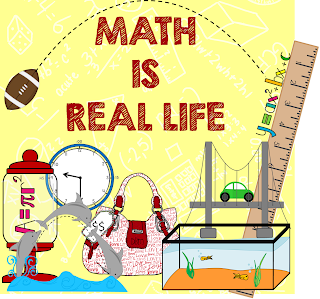Embed of My TEDx Talk by Brian
Brian Crosby uses technology to inspire passion in his students. He uses computers, cameras, and blogs. He talked about how he uses project based learning to get them interested. They also got to create their own wiki page. Brian Crosby talked about how students' attention spans expand when project based learning is involved and they get to have fun. The students get to communicate with a ton of people around the world.

Brian Crosby talked about a couple of his projects that he did with his students. He also talked about something his class did for a child with leukemia. He also stated that "not only are they learning, we're learning to change each others' lives." He states that "we can't just keep racing kids through school... We have to keep making sure that we're giving them opportunities."
The main thing I learned about teaching is that you need to truly inspire your students. When they are motivated, it is truly amazing what they can accomplish. I also learned that it shouldn't matter where a student goes to school for them to be able to succeed. With technology, it is possible for students all around the world to have equal opportunities.
Blended Learning Cycle by Bozeman Science
In this video, I learned that learning how to figure out the best teaching style for you is a long process. You need to try new things and also go back to other ideas and tweaking them. In science, you start with engaging the students with a questions. Then you let them explore and explain the phenomenon. Then you expand upon that and evaluate it. This talks about Paul Andersen's Blended Learning Cycle. Here is an acronym that he came up with:
QU - Question
I - Investigation / Inquiry
V - Video
E - Elaboration
R - Review
S - Summary quiz
This seems really interesting. I can definitely see me using something similar to this in my math classes. I learned that sometimes having a process that you use on a regular basis is a good thing. Instead of having a bunch of projects that are completely different, some of them can have the same base process so that they don't have to worry about making sure they're doing it right. They can focus on the content itself.
"Headlines" Routine by Mark Church
In this video, Mark Church shows that you need to engage your students by a video. Then he gets them in groups and discussing what they learned. In this video, he is empowering his students to interpret different stories. He also lets his students see their own thought process development. I think it is really cool how he is getting them to interpret things at the beginning of a learning journey. Then to get them to evaluate how their interpretations changed from their learning process.
Super Digital Citizen by Teaching Channel and Common Sense Media
This video explains how important it is to show students how to be a good digital citizen. He is showing his students how to be safe on the internet. This is extremely important for educators today. We need to teach our students how to protect themselves. After that, he let them build a super hero on a website. After they create their super heroes, they get to build a story around them. This is so cool! Like seriously, I want to go do this assignment right now. It makes the activity more meaningful to the students. Then they'll remember the process better. After that, he let the students go around and critique each others finished comic books. The students enjoyed that and learned from their classmates' works.
Project Based Learning by Dean Shareski
This is a video about a class that is combining three classes in one. This allows a truly project based learning environment because each project enriches many topics. In this video, I learned that it is important to speak up. These teachers wanted to help their students, and they knew that the best way to do that is to revamp their teaching processes. If I ever see something that needs to change in my classroom, I hope that I will be able to step up like these teachers did. After all, it is all about the students. I need to be willing to step up for them. Another cool thing that I liked was how their teaching their students more than what the curriculum is requiring from them. They are truly getting their students to think and develop as individuals.
Roosevelt Elementary's PBL program by Trish Reilly Taylor
This video was explaining what Project-Based Learning. It also goes over all of the benefits of it as well. PBL teaches the students more than the old style teaching. They also begin to work on their public speaking skills at a young age. I can see this being extremely helpful for the students. They are learning how to communicate and collaborate. Not only that, the teachers are learning to collaborate as well. The children are starting to learn how to take responsibilities seriously.
With the students being able to choose what they do, it helps empower all of the kids. This makes it to where all students can benefit from education. The students truly learn a lot more through the project-based learning method. The kids are excited about learning because it is fun and engaging. I think that project-based learning is simply amazing, and I want to learn as many ways as possible to bring this into my high school math classroom!
Thanks for taking the time to read my post!
Jennifer L. Cole







